Pneumonia
Pneumonia - types, symptoms, treatment
- Pneumonia (pneumonia) is an inflammatory process that develops in one or both lungs at the same time. As a rule, pneumonia has an infectious etiology, ie it can be caused by viruses, fungi or pathogenic bacteria. The treatment of pneumonia in adults is always variable and depends on what type of disease is diagnosed.
- The mentioned pathology can be a consequence of a common cold. Therefore, in the event of characteristic symptoms of pneumonia, it is necessary to consult a family doctor as soon as possible.
Types and symptoms of pneumonia
Clinical manifestations of pneumonia are largely determined by the cause of the disease, as well as the prevalence of the infiltrative process in the lung tissue. According to the extent of the lesion, focal, polysegmental and partial pneumonia are distinguished. The process can also be unilateral or bilateral. Typical manifestations of pneumonia are general weakness, fatigue, chills, a sharp rise in body temperature to high numbers of 38-40 ° C. A frequent symptom is a dry cough, which eventually becomes moist with difficult-to-separate mucopurulent sputum. When the pleura is involved in pneumonia, it is accompanied by severe pain, which is exacerbated when trying to take a deep breath. Severe pneumonia is often accompanied by shortness of breath, paleness or cyanosis of the skin in the nasolabial triangle. In children, the elderly symptoms of intoxication can significantly predominate in the clinical picture. Depending on the extent of lung tissue damage, there are focal, partial and total forms of pneumonia. Focal pneumonia develops gradually: the temperature rises, there is a dry cough. Lobar pneumonia begins with a rise in body temperature to 39-40 ° C, severe chills, chest pain, cough. The disease may be accompanied by shortness of breath, febrile blush, more pronounced on the affected side.
Daily fluctuations in body temperature in pneumonia can be in the range of 1.5 degrees. The increase is observed most ofteneven closer to the evening. As a rule, jumps in body temperature with timely medical intervention last up to 3 days.
During lobar pneumonia, the patient may have streaks of blood in the sputum.
Doctors should also make a complete diagnosis and differentiate pneumonia from tuberculosis - the symptoms of these diseases are identical.
Knokpa
A row of photos



Next comes the map
Kinds
Виділяють позалікарняні пневмонії та внутрішньолікарняну (госпітальну) пневмонію. Внутрішньолікарняною вважається форма, що розвивається в умовах стаціонару, клініки через 48 годин після госпіталізації пацієнта за іншими показаннями. Цей різновид запалення легенів виділяють через особливості протікання і лікування, оскільки в умовах стаціонарів і лікарень нерідко розвиваються штами інфекційних збудників, стійкі до антибактеріальної терапії.
The aspiration form develops as a result of getting into the lower respiratory tract the contents of the mouth, nasopharynx or stomach, as well as foreign particles in the form of solids. Bacterial pathogens in aspiration masses or objects develop and cause severe inflammation with purulent complications: the production of purulent sputum, the difficulty of its transportation and significant damage to lung tissue.
There are several other types and forms of this inflammatory process. All information about this, as well as information on how to cure pneumonia, can be found on the pages of our website: https://www.dobrobut.com/ .
Block of text

The choice of treatment regimen and specific selection of drugs is carried out individually. But there is a general principle of therapy for inflammation in the lungs:
- Antibacterial drugs. Must be appointed. If pneumonia is typical and without complications, then antibiotics are prescribed in tablets / capsules, in all other cases, intravenous administration of drugs.
- Symptomatic therapy. Drugs such as mucolytics, mucokinetics, antipyretics are used. The purpose of these drugs is to relieve symptoms, which improves the course of the disease.
- Physiotherapy. If the patient has unilateral pneumonia without cough and a critical increase in temperature, then in the hospital he may be prescribed a variety of physiotherapy procedures.
- Additional methods are also used, which include herbal treatment and breathing exercises. The course of treatment usually lasts from 10 days to two weeks.
Next comes the slider
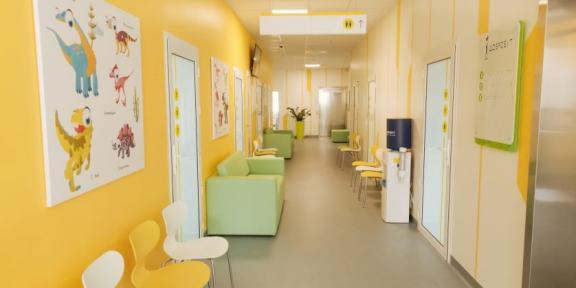
Few clinics
Video urology
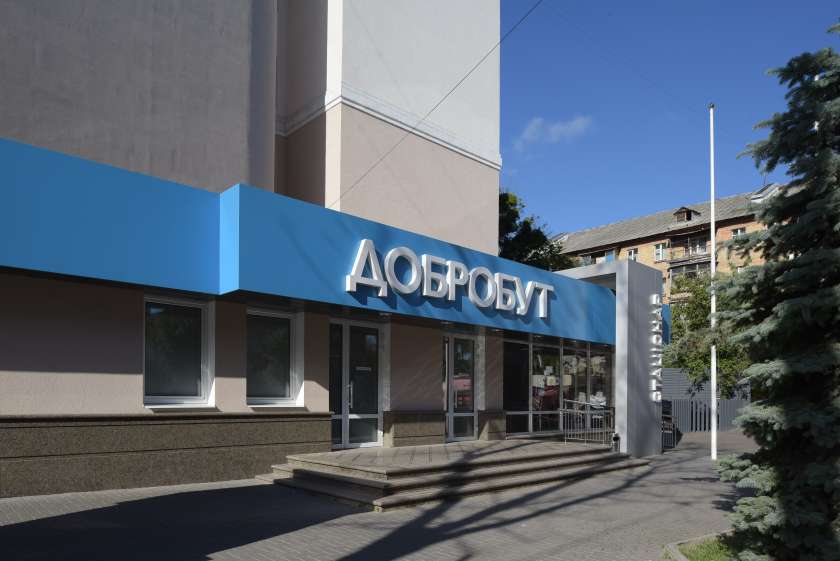
Block with various buttons
List of doctors
Multiple packages
Few facts
Few facts
Few facts
A few more photos
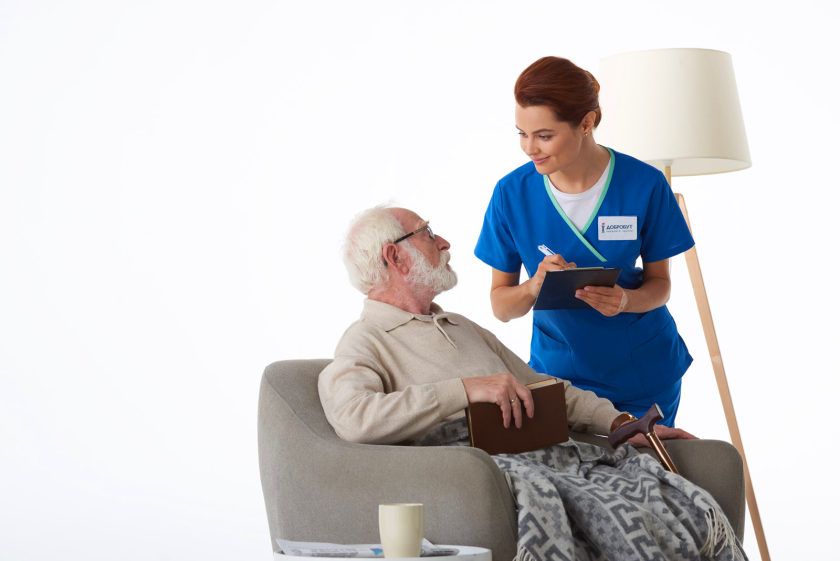
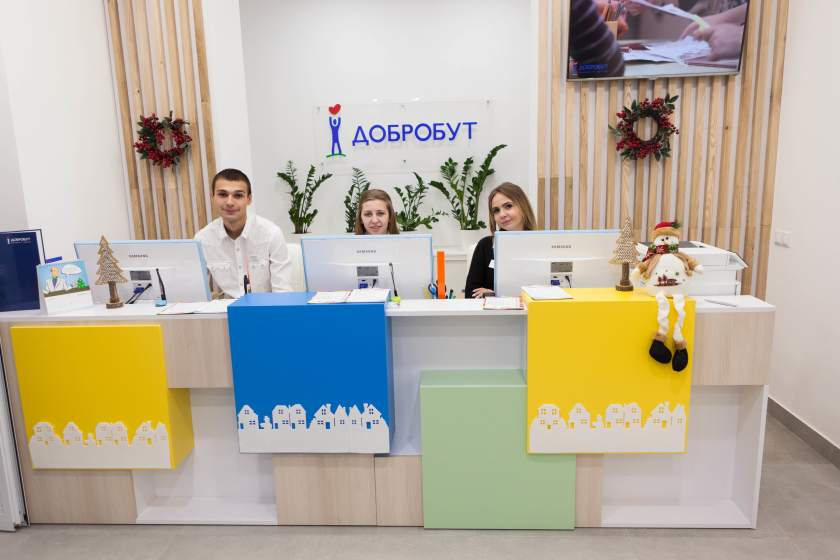
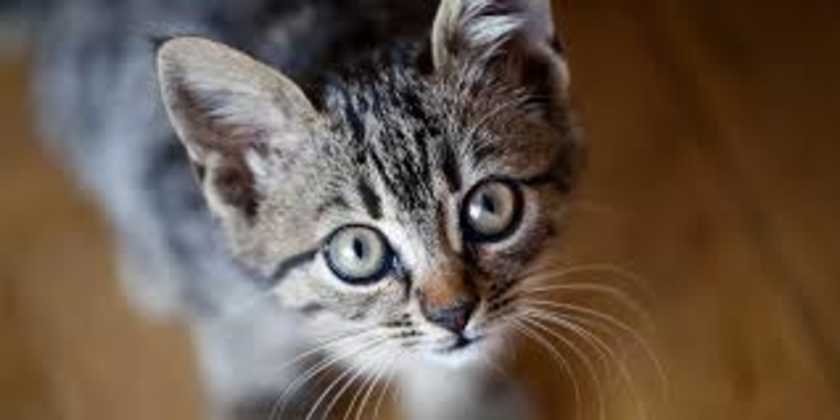


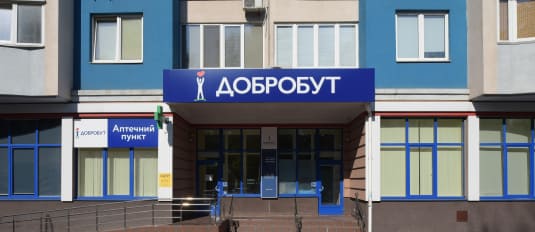



%402x.png)
%402x.png)
